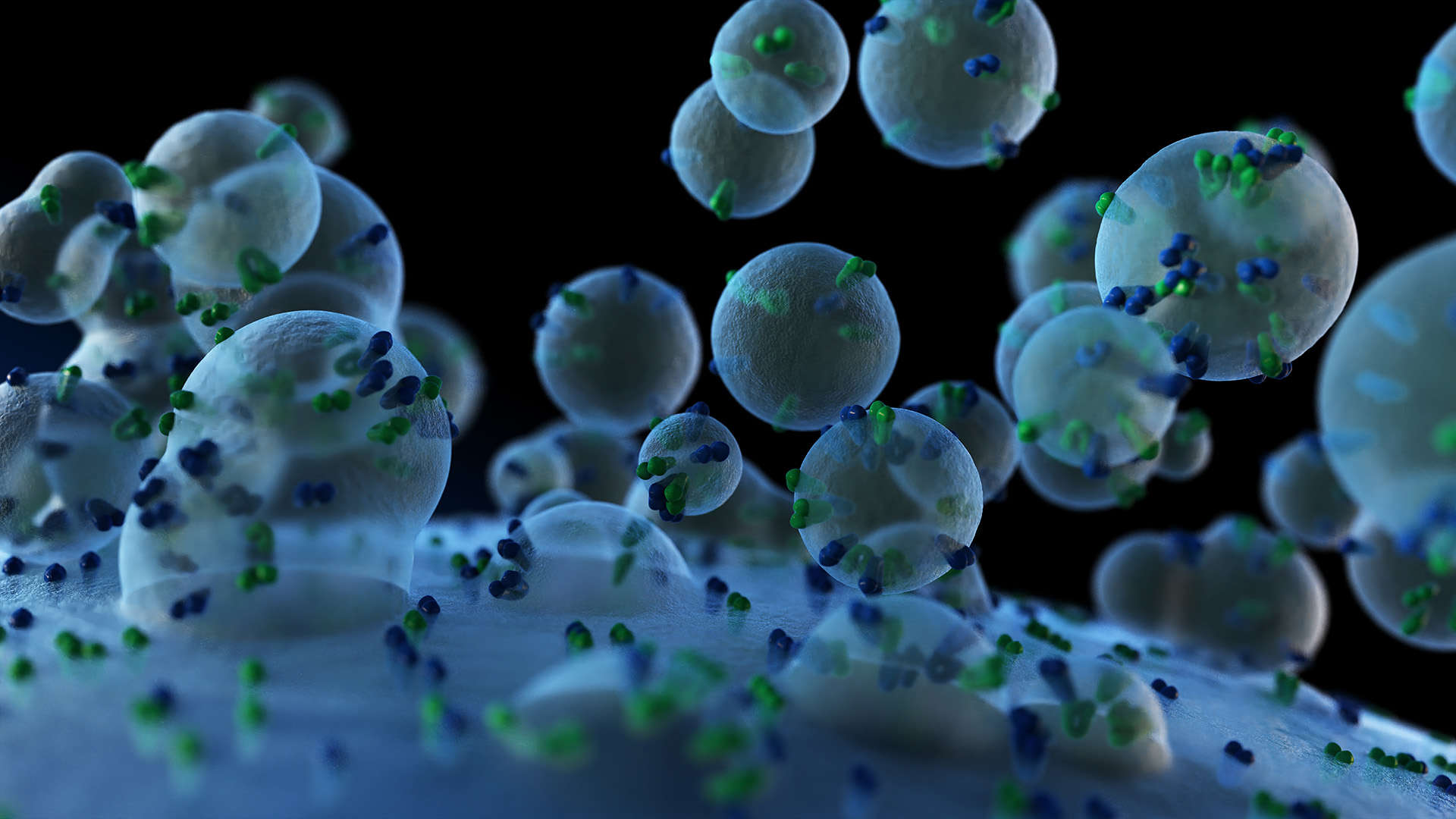Post-Translational Modification Analysis
Online InquiryAs a good partner of pharmaceutical companies and research institutions, Creative Proteomics has rich experience in protein post-translational modification (PTM). PTM can affect structure, stability, function, and the way proteins interact. Characterization of PTMs and determination of protein modification sites are important for the discovery and study of protein modification sites for elucidating the function of proteins. Creative Proteomics can provide PTM site identification, characterization, and quantitative analysis of proteins using high resolution mass spectrometry combined with bioinformatics analysis.
Advantages of Post-Translational Modification Analysis Services:
- Rich proteomics experience. Our company has been engaged in proteomics related services for 16 years.
- Professional Platforms. High-resolution Q Exactive Hybrid Quadrupole-Orbitrap mass spectrometer is available. The modified amino acid sites can be accurately located.
- Bioinformatics services. Our bioinformatics analysts can help you interpret the final data.
- Custom services. Based on your samples and requirements, we can customize a dedicated solution for you.
- PTM combinations on large fragments can be detected and positional isomers with the same molecular weight can be distinguished.
Post-translational Modification Types We Can Provide:
- Phosphorylation
- Ubiquitinoylation
- Glycosylation
- Methylation
- Acetylation
- Glycosylation
- SUMOylation
- Nitrosylation
- Oxidation
Methods of Post-translational Modification Analysis Services We Can Provide:
Combined with our mass spectrometry platform, we can provide you with the following two strategies for post-translational modification analysis.
1. Shotgun Mass Spectrometry Service
This method requires the enzyme to cut the protein into peptides of a certain size. Then use HPLC or Nano-LC combined with mass spectrometry for analysis. It is a universal and commonly used method suitable for large-scale protein analysis. But this method cannot analyze the connection between different modifications. If you need to analyze the association of different modifications, you can choose Top-Down Mass Spectrometry.
2. Top-Down Mass Spectrometry Service
This method does not require the process of enzymatic digestion, and directly analyzes intact proteins. It can provide more accurate and richer biological information for complete proteins. "Top" refers to the accurate measurement of the molecular weight of intact proteins, while "down" refers to the fragmentation of intact proteins through tandem mass spectrometry. Its sequence coverage can reach 100%. This method distinguishes between different protein variants and also provides information on the stoichiometry of all modifications.
Bioinformatics Analysis
| Qualitative Analysis of Protein | Protein Function Annotation | GO Annotation |
| COG Annotation | ||
| KEGG Annotation | ||
| Domain Annotation | ||
| Quantitative Analysis of Protein | Protein Differential Analysis | Ratio Analysis |
| Volcano Map Analysis | ||
| Expression Cluster Analysis | ||
| Functional Enrichment Analysis of Differential Proteins | GO Enrichment Analysis | |
| KEGG Enrichment Analysis | ||
| Domain Enrichment Analysis | ||
| Protein Interaction Network Analysis |
Delivery
- Experimental procedure
- Related MS parameters
- Mass spectrogram
- Raw data
- Bioinformatics analysis report
Reports are available in Excel or PDF format and RAW files are available on request.
* For Research Use Only. Not for use in diagnostic procedures.



